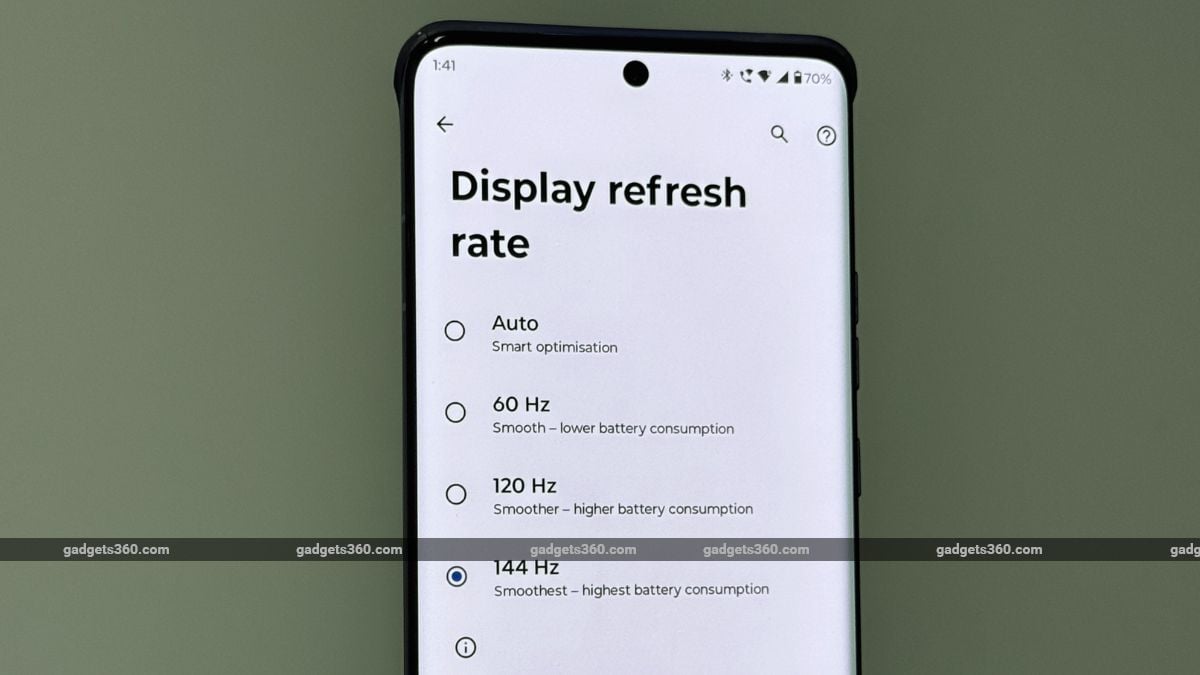Android 15 was released globally in August and since then, original equipment manufacturers (OEMs) such as OnePlus, Oppo, and Realme have introduced their iterations of the new operating system (OS) for their smartphones and other devices. The update is said to bring support for true adaptive refresh rate (ARR) which leverages discrete VSync steps to adapt to the frame rate of the on-screen content without changing the current display mode.
Adaptive Refresh Rate on Android 15
Support for ARR has existed since Android 11 but it used a method known as refresh rate switching which essentially switched the display between different modes depending on the content and its requirements. Devices could switch between 60Hz, 90Hz, 120Hz or 144Hz, based on the display type. However, Android 15 brings a true ARR experience by allowing the system to adjust the refresh rate within one mode instead of using a fixed cadence.
According to Android (via Android Authority), displays that support ARR can decouple the VSync rate and refresh rate based on the cadence of the content update. ARR on Android 15 brings two benefits: reduced power consumption and less jank.
With this capability, devices usually operate at lower refresh rates and transition to higher rates only when essential. This is said to result in reduced power consumption. Furthermore, ARR also eliminates the need for switching between modes, reducing jank — an effect that usually appears when the content isn't synced with the device's refresh rate.
Android says OEMs can implement ARR based on their preferred power trade-offs. The OS is claimed to support ARR with the new Hardware Composer (HWC) HAL APIs and platform changes. To enable it, device makers must support kernel and system changes on devices running Android 15 and later, as well as implement version three of android.hardware.graphics.composer3 APIs. However, screens which do not support the technology will still use the active display mode's fixed cadence to adjust the refresh rate.
































